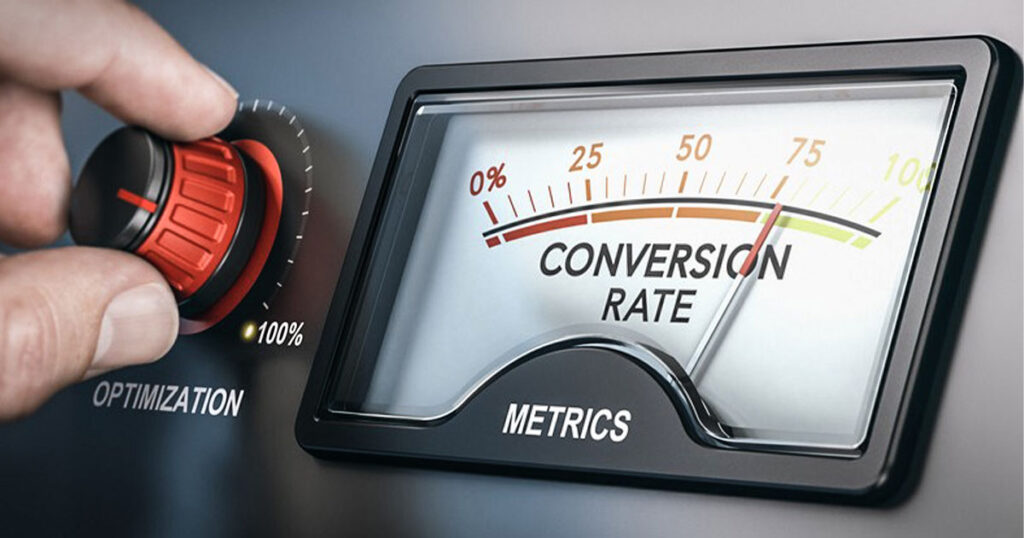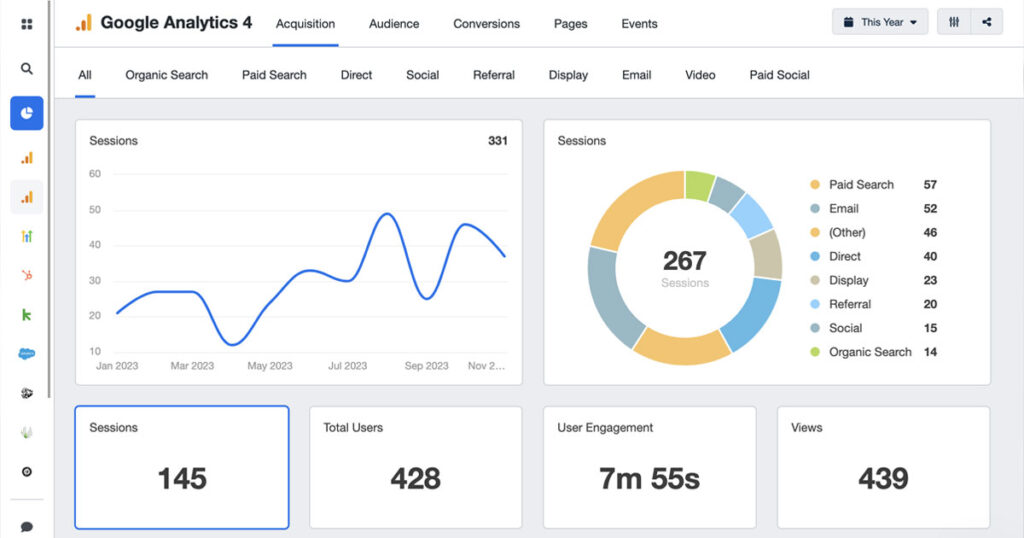Top conversion rate optimization tips for online stores

There are certain dos and don’ts to inspire consumers to purchase products from your company in a digital purchasing environment. These procedures revolve around conversion rate optimisation, which is roughly the most crucial statistic you will need to monitor when you intend to grow your company and boost income.

Among the most useful tools available to e-commerce companies assessing return on investment (ROI are conversion rates and the personalising that goes along with them. Your ROI may be much improved by knowing how to properly maximise your website using conversion rates.
Actually, based on a poll of U.S. and UK marketers, approximately 90% of personalising initiatives provide a good return on investment.
Still, companies must give conversion rate optimisation top priority and, maybe most crucially, strive for them as they do not simply happen.
This holds true whether you are an e-commerce manager or marketing director signed up to meet significant annual KPIs or whether you are just starting out operating the whole show yourself. Let us first define a conversion, which typically has multiple meanings depending on the company to business.
Conversion Rate Optimisation
Typical e-commerce conversion rates are between 2.5 and 3%. You can still expect to win the sale between 2-3% of the time even if you are following all the rules.
Your online store’s baseline aim should be a 3%-plus conversion rate. You may then go on to more sophisticated conversion rate strategies once you have that.
Let us now look at the top converstion rate optimisation strategies for online stores.
1. High Quality Images
On your product pages, include excellent photos and video. Consider what you want to see while you are buying.
Online buying leaves you unable to touch or put the item on. Showing a thorough picture or video will help the client to precisely understand what you are offering.

High-quality photos and videos on the product pages may help visitors better picture items they are interested in and raise conversion rates.
2. Provide free delivery.
Online customers on Amazon have gotten used to a particular level of standards. Free delivery is really necessary in the market of today. Should your shop lack free delivery, consumers will probably search elsewhere.
Rising product pricing to pay for the delivery expenses is another way to offset free shipping. Consumers are smart, however; if your prices are outrageous, they will soon go elsewhere.
3. Show limited-time promo codes.
Create limited-time coupon or discount codes for consumers to use at checkout to apply a percentage of purchase discount or a specified amount off.
Once your promo code runs out, consumers will become more urgent and free from distractions can make their buy choice.
4. Charge fairly competitively.
If you are selling brand-name goods that many other retailers carry, you will probably have to set your prices either at or below the average to remain competitive. Often changing your rates can help you to find what connects.
Furthermore greatly affecting the amount someone is ready to spend is the quality of your images and promotion. With the correct language and images, market your brand to the correct target and the income will flow in.
5. Improve and test your online buying experience.
Should your shop checkout procedure be too complex, time-consuming, or unusual, you might lose a lot of business exactly when consumers are ready to make purchases.
Many of your A/B testing and personalising techniques should occur at this important phase of the funnel. For most hosted e-commerce sites, there are industry standards; yet, depending on your clients, you might still have to change the method.
6. Use shopping cart abandonment tools.
Should you often handle abandoned carts, abandoned cart software may aid raise business conversion rates.
BigCommerce among other e-commerce sites provides this kind of software free as part of the shop capability.
Although every company may find varied results from this program, there is little question it will benefit e-commerce companies using it.
7. Use chatbots and live chat tools.
By interacting with consumers via live chat support tools and chatbots, you can assist them quickly and without lengthy phone wait periods obtain answers to their queries.
With chatbots usually replacing the human component in live conversations, the two are often seen as alternate choices to one another. Companies that can use both, though,—with chatbots engaging clients in off-peak hours—probably will find the most success.
8. Tell consumers your online shop is secure.
For consumers to be ready to provide their credit card data on your website, organisations must rapidly develop trust. Trust signals were proved in split testing to greatly increase conversion.
Many of your conversion rate optimisation efforts should start with determining several approaches to improve your on-site reputation and trust.
Consumers want to know they are working with a respectable business with industry-average security policies. This guarantees to them protection of their credit card data.
These items could be useful:
Install site-wide if at all feasible and SSL at checkout—out-of-the-box on most e-commerce platforms.
Show little pictures of credit cards, PayPal, and other payment methods as a visual cue that you employ consumer-confidence payment choices.
Show McAfee, GeoTrust, or another security credential, then confirm your active account with them. If you aren’t really secure, don’t merely upload a picture.
9. Design your website so that items are readily visible to visitors.
Sort your product lines logically using choices like “Shop by Colour,” “Shop by Product Type,” etc. Making sure you employ as few stages as possible would help a consumer to access a product as fastest as feasible.
Your clients will benefit much from a revolving banner highlighting best goods and a website search enabling them to quickly locate items. Remember that a visitor’s likelihood of buying from you increases with speed in which they can locate a product.
10. Simplify the reading of your checkout form.
Make sure everything on your checkout form—including input forms and CVV—is totally clear.
Limit what may be entered into certain form fields, if at all feasible, to simplify user processes.
Format a credit card number for a user as they input it so it will be simpler for them to read and more difficult to mistake.
Have a date picker or dropdown in a date field instead of letting the user enter.
Especially because users are sometimes hesitant to provide their personal credit or debit card information, it is important to make sure you do not offer them any cause to feel uneasy or complicate their ability to check out.
11. With this greatly aided by digital wallets.
Digital wallets are payment processors; applications include PayPal Express, Amazon Pay, Apple Pay, etc. These systems pre-populate everything once users log in using their account data. For everyone it is quicker and more safe.
Design Your Perfect E-commerce Website Today With HA-Technologies
At HA-Technologies we are proud partners with top e-commerce websites from handling their social media to integrating the latest tools, we are just a free consultation call away.
